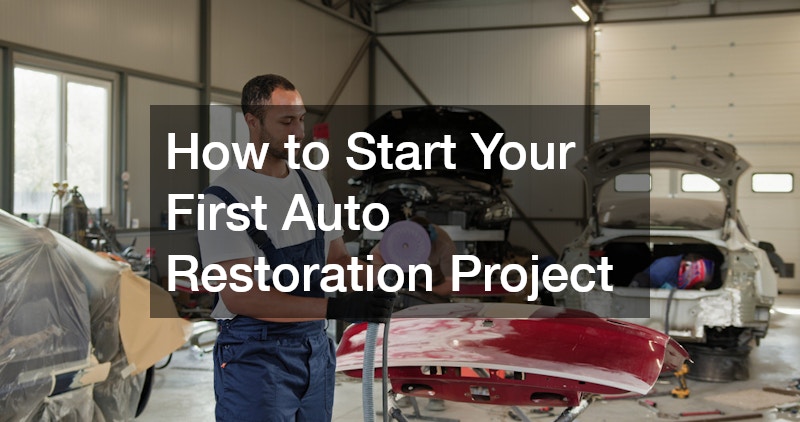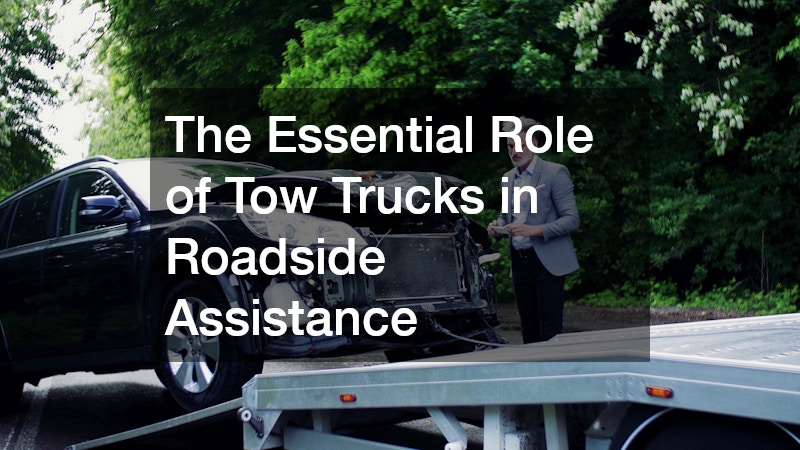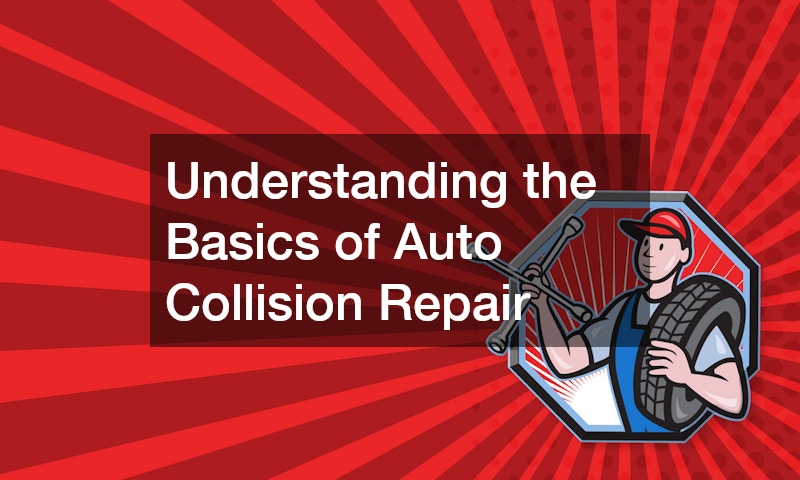
How to Start Your First Auto Restoration Project

Embarking on your first auto restoration project can be both exciting and daunting. This comprehensive guide will walk you through the essential steps and considerations, making your journey into classic auto restoration a successful and fulfilling experience. Whether you are breathing life into a time-honored muscle car or rejuvenating a vintage roadster, the process promises to be as rewarding as it is challenging.
Understanding the Restoration Process
Restoring a classic car is a methodical endeavor that begins with a clear understanding of the process. The typical restoration includes disassembly, inspection, repair, replacement, and reassembly. Each stage requires meticulous attention to detail, ensuring that the vehicle not only looks pristine but functions optimally.
Setting realistic expectations for the timeline of your project is crucial. Classic auto restoration is a labor of love, often stretching over months or even years, depending on the vehicle’s condition and available resources. It’s essential to approach each phase with patience, allowing yourself the time to perfect each detail.
Furthermore, understanding the different levels of restoration—such as cosmetic, partial, or full concourse restorations—will help you define your project’s scope. A cosmetic restoration might focus on aesthetics, while a full concourse restoration aims to return the vehicle to its original factory condition. Each type requires varying degrees of skill and commitment.
Choosing the Right Vehicle for Restoration
Choosing the right vehicle is pivotal to the success of a restoration project. Start by evaluating vehicles within your skill set and budget. New restorers may want to avoid models with extensive rust or missing parts, which can add complexity and cost to the project.
Evaluate the availability of parts for the vehicle you’re considering. Some models have a robust aftermarket support, making it easier and potentially cheaper to source parts. On the other hand, rarer models might offer greater satisfaction once restored, but pose additional challenges in locating scarce components.
Your passion for a particular model should also be a factor. A genuine interest in the car can sustain motivation through the more tedious phases of restoration. Balancing this passion with pragmatics ensures the project remains feasible and enjoyable.
Budgeting and Planning Your Project
A well-defined budget is the backbone of any successful restoration project. Consider all cost aspects such as parts, tools, workspace setup, and any professional services you’ll require. Expect some unplanned expenses and incorporate a contingency into your budget to handle such surprises.
Crafting a detailed plan before commencing with restoration can save time and mitigate issues later. This plan should outline the project scope, timelines, potential obstacles, and key milestones. Regularly updating the plan keeps the project on track and allows you to measure progress effectively.
Committing these plans to paper also helps in maintaining focus and motivation. By breaking down the overarching task into smaller, manageable phases, you can celebrate achievements along the way. This approach minimizes overwhelm and encourages steady progress across the restoration journey.
Dealing with Rust and Body Damage
Rust and body damage are common hurdles in restoring vintage vehicles. Addressing rust proactively prevents structural weaknesses and preserves the car’s integrity. Techniques such as sanding, chemical rust removers, or complete panel replacement can resolve rust issues.
Detecting body damage early and assessing the extent guides repair strategies. Superficial dents may require simple fixes, while severe damage necessitates comprehensive interventions. Employing correct techniques ensures bodywork restoration not only enhances aesthetics but strengthens the vehicle.
Furthermore, incorporating rust prevention measures provides long-term protection. Applying rust-proof coatings or treatments reinforces the restoration efforts, safeguarding against future degradation. A focus on rust battle not only conserves the classic car’s value but secures its longevity.
Restoring the Engine and Mechanical Components
Engine and mechanical restoration is a crucial component of making a classic car roadworthy. Assessing the condition of the engine can reveal necessary repairs or highlight upgrades to enhance performance. A well-maintained engine ensures reliability and delivers the authentic driving experience associated with vintage cars.
Consider enlisting expert assistance if engine work surpasses personal expertise. Engaging professionals for complex restoration tasks can prevent costly mistakes and improve the overall quality of the project. Meanwhile, involving yourself in routine mechanical tasks builds familiarity and skill over time.
Sourcing authentic components for engine restoration enhances vehicle integrity. Whether through reputable dealers or specialist forums, securing genuine parts pays tribute to the car’s heritage. The pursuit of authenticity in classic auto restoration rewards with a faithful representation of the original model.
Sourcing Original Parts and Materials
Finding the correct parts is essential for maintaining the classic car’s authenticity. Online marketplaces, salvage yards, and classic car clubs often serve as valuable resources for acquiring rare components. Building a network within the classic car community can facilitate sourcing original materials.
Starting your first auto restoration project is a rewarding endeavor that requires planning, patience, and passion. By understanding the basics, equipping yourself with the right tools, and preparing for potential challenges, you’ll be well on your way to bringing a classic car back to its former glory. Your effort not only preserves an artifact of automotive history but enriches your competencies and appreciation for the art of restoration.
.



